How To Test Features End-To-End In Microservices Architecture?
The use of microservices architecture to create scalable and adaptable software systems is growing in popularity. Applications in this architecture are split into more manageable, independent services that collaborate to accomplish a single objective. This strategy enables quicker development, simpler upkeep, and better scalability. Testing microservices, however, may be difficult, particularly when it comes to testing features from beginning to end. We’ll talk about how to test features from beginning to finish in a microservices architecture in this blog article.
- Identify the entry and exit points
Finding the entrance and exit points for each service is the first step in end-to-end feature testing. An exit point is when a service transmits data or a response to the client or the next service, whereas an input point is where data or a request enters a service. Understanding the data flow and testing each service separately depend on locating these locations.
- Define test scenarios
The following step is to create test scenarios for each service after you have determined the entrance and exit locations. A test scenario ought to include every situation that could arise when a service is in use. Boundary conditions, error handling, and performance testing should also be included. You may find any problems and make sure that each service performs as planned by creating test scenarios for each service.
- Mock the services
Testing microservices requires the use of mock services. You may test each service independently by using mocking to avoid depending on other services. To simulate the services, you might make use of programs like WireMock, Mountebank, or MockServer. When you wish to test error situations or when a service is still in development, mocking is extremely useful.
- Use Contract Testing
By evaluating the contracts between two services, contract testing makes assurance that the two services interact properly. A contract outlines the data format, message type, and validation standards as well as the interface between two services. Contract testing may be done with the use of technologies like Pact, Spring Cloud Contract, or Pact-JVM. Contract testing minimizes the chance of integration problems by ensuring that each service connects properly with other services.
- Use Docker Containers
You may test microservices in a more realistic setting by using Docker containers. You may test services in the same dependencies and configurations by using Docker containers to emulate the production environment. In order to test services that rely on other services, you may also use Docker Compose to build a network of containers.
- Use Continuous Integration and Deployment (CI/CD)
Software development, testing, and deployment are all automated via the continuous integration and deployment (CI/CD) process. To automate the testing procedure, utilize CI/CD solutions like Jenkins, Travis CI, or CircleCI. By using CI/CD, you can have tests run automatically each time a change is made, guaranteeing that your application is consistently tested and released.
Conclusion
Although testing features from beginning to finish in a microservices architecture might be difficult, using the aforementioned techniques can help. To make sure that each service performs as expected and communicates properly with other services, it is crucial to define test scenarios, mock services, use contract testing, Docker containers, and Continuous Integration and Deployment (CI/CD). You can make sure that your microservices architecture is dependable, scalable, and maintained by adhering to these procedures.



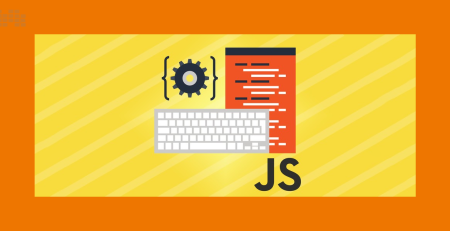
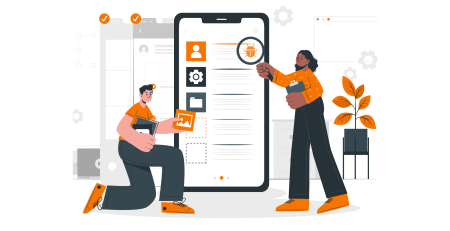
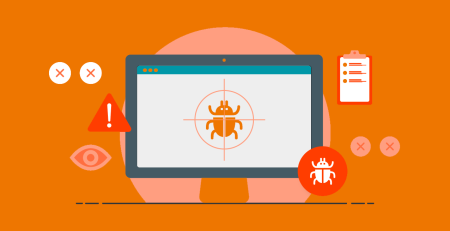
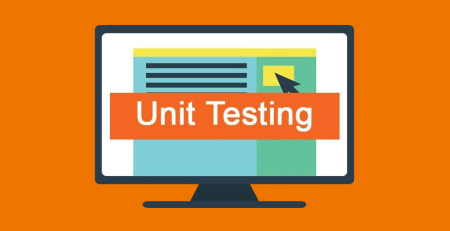
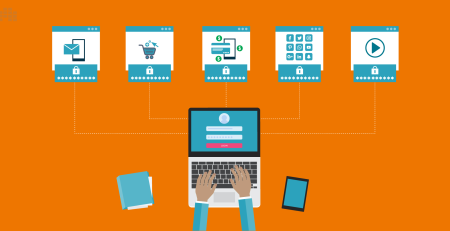

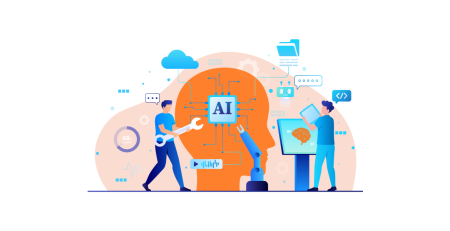
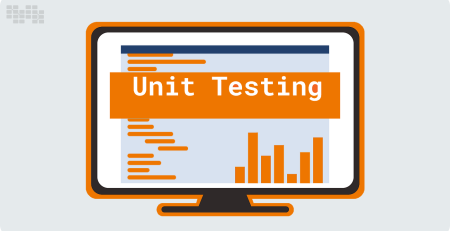


Leave a Reply